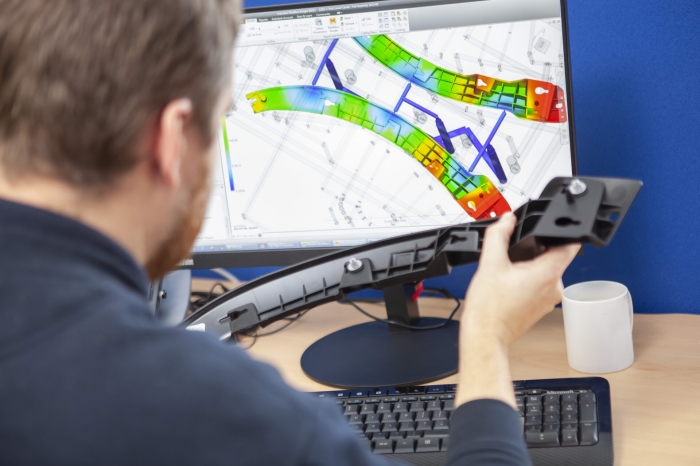How to design the injection moulding

Injection moulding is a widely used manufacturing process for creating a variety of plastic components, from the smallest screw cap for medicine bottles to medical device components to entire body panels for vehicles.
So how to design the mold?
Step 1: make 2D and 3D drawing.
1, The geometry of the product.
2, The size, tolerance and design basis of the product.
3, Technical requirements of the product (ie technical conditions)
4, The name, shrinkage and color of the plastic used in the product.
5, Surface requirements of the product.
Step 2: The determination of the injection type.
When selecting an injection machine, the plasticization rate, the injection amount, the clamping force, the effective area of the mounting die. the top ejection form,and the determined length are mainly considered.(That’s why some customer will provide information of injection machine for your reference when send you RFQ.)
Step 3: The number of cavities and cavity arrangement.
Most of the time, the customer will tell you the number of cavity, but sometimes you need to choose by yourself. The mainly based on the following factors:
1, Production batch of products (monthly batch or annual batch).
2, Whether the product has side core and its treatment method.
3, The weight of the product and the injection volume of the injection machine.
4,The projected area and clamping force of the product.
5, product accuracy.
6, product color.
7, Economic benefits (production value of each set of molds).
Step 4: Determination of parting line.
Usually,The parting line on the plane is easier to handle, and sometimes it should be paid more attention when it comes to the three-dimensional parting line.
Step 5: Determination of mold base and selection of standard parts.
In general, what materials customers will ask us to use. But sometimes when we choose it by ourselves, It is important to check the necessary strength and rigidity of the relevant parts of the mold to check whether the selected mold base is appropriate, especially for large molds.
Step 6: Gating system.
1,The distance between the gate location and the various parts of the cavity should be as uniform as possible, and the process should be the shortest.
2, The position of the gate should ensure that the plastic is injected into the cavity against the spacious and thick-walled part of the cavity to facilitate the inflow of plastic.
3,try to avoid the production of weld lines, if it is to be produced, so that the dissolution marks are not important in the product.
4, The gate should be designed to be the easiest part to remove on the product, while not affecting the appearance of the product as much as possible.
Step 7: Ejection system design
The ejector form of the product can be divided into three categories: mechanical ejection, hydraulic ejection, and pneumatic ejection.
Step 8: Design of cooling system
The design of the cooling system includes the following:
1, The arrangement of the cooling system and the specific form of the cooling system.
2, Determination of the specific location and size of the cooling system.
3, The key parts are the cooling of the dynamic model core or insert.
4,Cooling of the side slider and the side slide core.
5, Design of cooling components and selection of cooling standard components.
6, The design of the sealing structures.
Step 9: Selection of mold steel
The selection of materials for mold forming parts (cavities, cores) is mainly determined according to the batch size and
plastic type of the products.
Step 10: Confirmation of design drawings
Once the mold design drawings are completed, they must be submitted to the customer for approval. Only after the customer agrees, the mold can be put into production. When a customer has a large opinion that requires major changes, it must be re-designed and then handed over to the customer for approval until the customer is satisfied.
Step 11: Venting system
The vent methods are as follows:
1. Using the vent groove. The venting groove is generally located at the portion where the cavity is finally filled. The depth of the venting groove varies from plastic to plastic and is essentially determined by the maximum clearance allowed when the plastic does not create a flash.
2. Use the matching clearance of the core, insert, push rod, etc. or the special vent plug to vent.
3, Sometimes in order to prevent the vacuum deformation of the product in the top, it is necessary to design the vent insert.
 Info
Info Info
Info